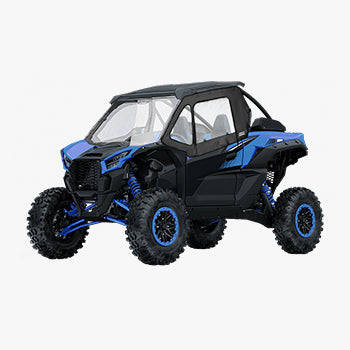
GLASSES & GOGGLES

GLASSES & GOGGLES
Learn more about Goggle Glasses
The term "goggle glasses" is not a commonly used term in the eyewear industry. However, there are various types of goggles and glasses that can provide eye protection for different activities such as skiing, swimming, or industrial work. Some examples of goggles or glasses commonly used for eye protection include safety glasses, ski goggles, swimming goggles, and motocross goggles, to name a few.
People wear goggles or other types of protective eyewear for a variety of reasons. In some cases, they are worn to protect the eyes from harmful environmental factors, such as wind, dust, or debris. They may also be worn to prevent eye injuries during sports or other physical activities. Additionally, some people may wear goggles for vision correction, particularly in water sports where prescription goggles can be used.
Yes, goggles can be worn over glasses, but not all goggles are designed to fit over glasses. To accommodate glasses wearers, some goggles are designed as "over-the-glasses" (OTG) goggles, which have a larger frame and deeper cutouts to fit over prescription eyewear. It's important to check the sizing and compatibility of the goggles with glasses before purchasing, as not all goggles may fit comfortably over glasses.
To keep your glasses from fogging under your goggles, you can try a few methods: Apply an anti-fog solution or spray to your glasses before putting on the goggles. Use a goggle with a double lens, which helps to reduce condensation and fogging. Adjust the fit of the goggles to allow for better air flow and reduce the build-up of moisture. Choose goggles with vents or a fan system to improve ventilation. Take a break and remove your goggles periodically to allow your glasses to air out and dry.








